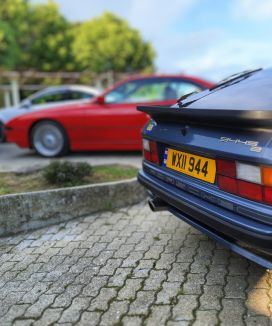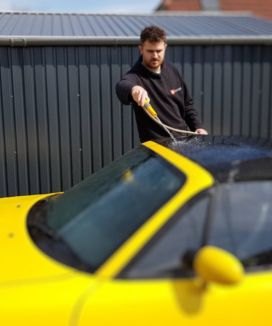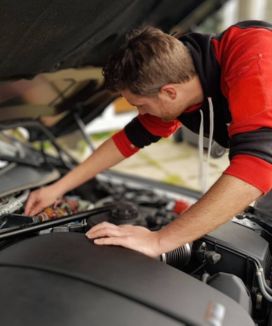Is a Hardtop Convertible Better Than a Soft Top?
Table of Contents
If you’re considering a convertible as your next car, you may be asking yourself whether a hardtop convertible better than a soft top convertible. Both are genuine options to think about when making your next purchase.
At first glance, they seem comparable because both convertibles offer open-air motoring with the option of protection from the elements. When you start comparing the two, however, it becomes evident that each type of convertible has its benefits and drawbacks.
So, is a hardtop convertible better than a soft top?
A hardtop convertible is preferable to a soft top convertible in most situations thanks to the roof’s robustness, the additional security it offers, and better sound insulation. However, hardtops do tend to cost more than their soft top counterparts.
But what are the main pros and cons of each type of convertible?
What are the benefits of a hardtop convertible?
A hardtop convertible has a roof that is typically made of metal, which tends to fold automatically at the touch of a button. Metal roofs don’t require any manual folding or unfolding which makes them very easy to operate.
They also offer better sound insulation compared with soft top convertibles, which is especially handy for those who regularly drive on the freeway or motorway at higher speeds.
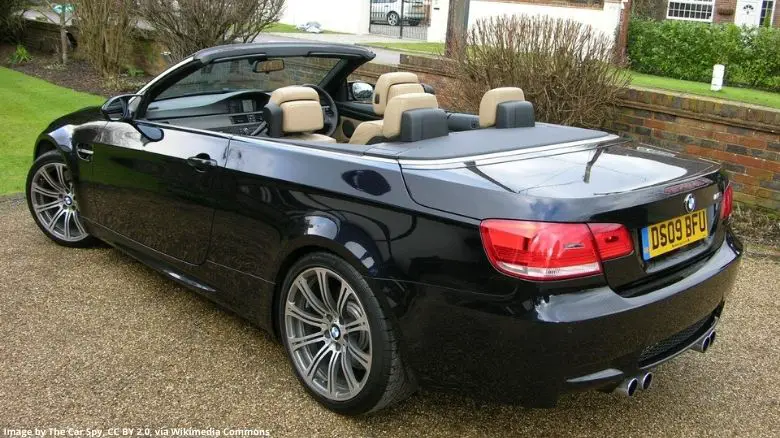
Hardtops are also great for people who live in areas that experience variable weather conditions because they offer extra protection from the elements.
Hardtop convertibles roofs are very sturdy which helps the structural rigidity of the car when the roof is closed. Rigidity is generally the weak point of convertibles in general when compared to saloon or coupe alternatives.
What are the drawbacks of a hardtop convertible?
The biggest drawback of hardtop convertibles is the fact that they are generally more expensive than soft top convertibles. Hardtops and their associated folding mechanisms tend to be made using high-end, durable materials, which contributes to their cost.
Metal roofs can’t flex or bend like a soft top can, so they take up far more space than a foldable soft top, meaning less room in the back for luggage.
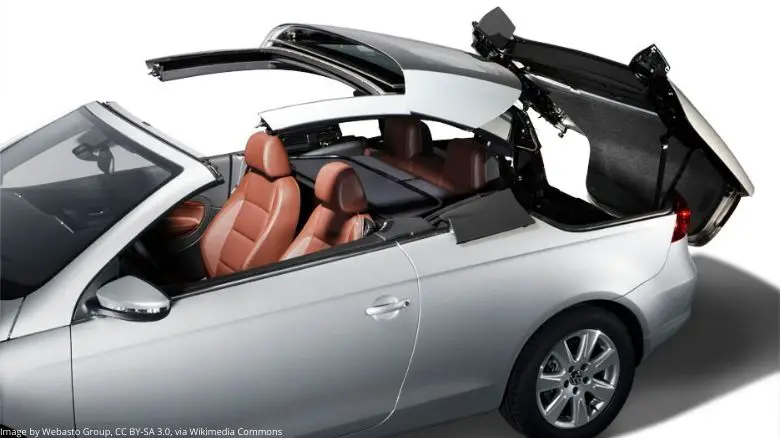
A minor point, but one that may be important for some, is that hardtop roofs may take longer to close than their soft top counterparts as they are generally more complex and have more moving parts.
What are the benefits of a soft top convertible?
Soft tops are made out of cloth or vinyl and are therefore lighter than hardtops, and usually offer a simpler opening and closing mechanism.
This means they take up less space in the back than a hardtop when the roof is open making them a more practical solution, and they tend to be less expensive than hardtops.
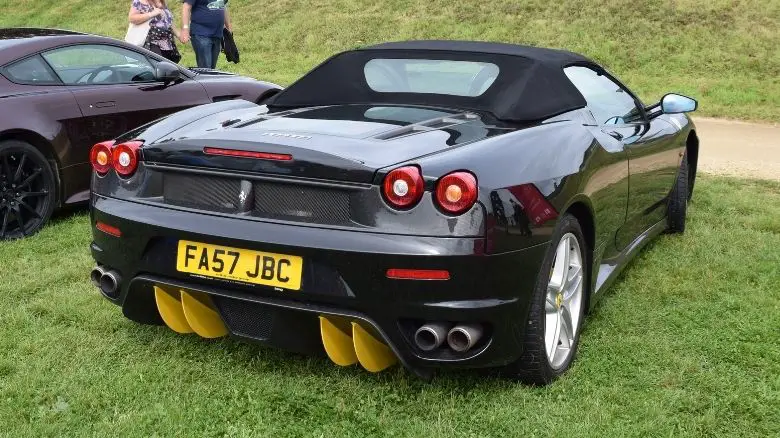
Some convertible lovers find that soft top hoods are more stylish than their metal counterparts, although this is subjective. It’s certainly true that soft tops are sometimes offered in different colors to either correspond or contrast with the car’s bodywork.
What are the drawbacks of a soft top convertible?
The biggest drawback of soft top convertibles is that they are less secure than a hardtop. The fabric can easily be ripped and the top can be forced open by a thief.
They also offer less sound insulation than hardtops because they tend to be made from thinner materials that do not insulate noise as effectively. However, some modern soft tops do now offer excellent noise protection.
A major drawback with soft tops is that over time they can start to leak more than other types of convertible car roofs, especially if the car is left outside when it’s not in use.
Because of this, soft top roofs are harder to maintain than hardtops because they require special cleaning and weatherproofing solutions to be applied to them regularly.
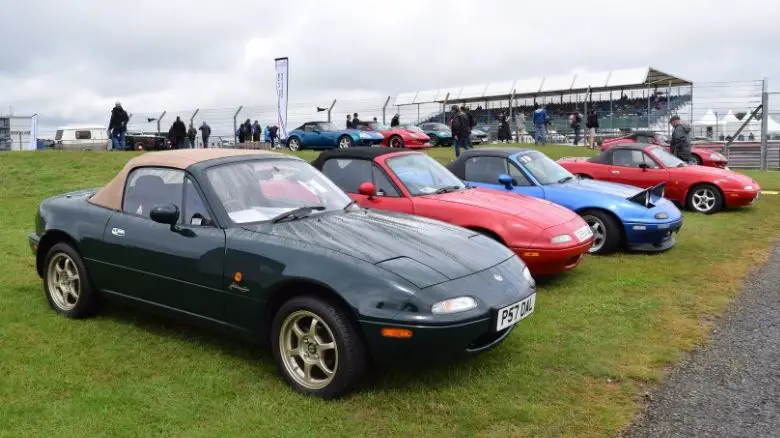
Cloth and vinyl roofs are not as sturdy as metal roofs, and some soft tops also require more work to operate since they have to be manually folded into position before you set off on your journey.
Which would we choose?
After looking at the pros and cons of each type of convertible, we would have to say that our preference is for hardtops. Although this choice does depend on the type of car.
Soft top roofs look great but they offer less protection than metal roofs, which makes them more likely to be damaged by the elements over time. Once a soft top roof is damaged, it’s very hard to fix without getting the whole thing replaced.
We also prefer having a roof that blends in with the car rather than one that makes it stand out, and metal roofs are not as likely to get dirty or stained compared to cloth or vinyl soft tops.
Finally, hardtops offer better protection from noise which is especially important for those regularly travelling long distances on high speed roads.
Despite this, we appreciate that soft tops definitely have their place. For example, in lightweight sports cars. When there is a need to save weight, or there isn’t much room for the roof to retract into, the soft top always wins.
ABOUT THE AUTHOR
Adam Chinn writes about the intersecting worlds of classic cars, driving pleasure, and smart investment strategies. Starting his journey at 26, he’s proven that one doesn’t need to be wealthy to begin investing in classic cars.
Adam’s insights have been recognized on platforms such as MoneyInc, Swagger Magazine, and Top Speed.

